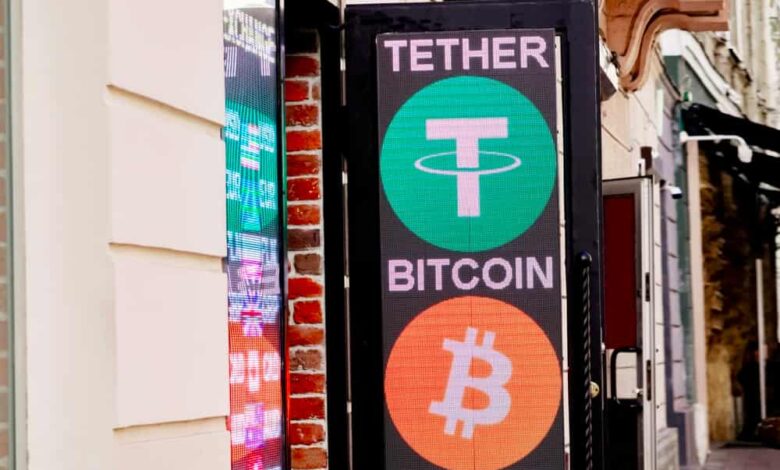
Tether’s Potential Bitcoin Reserve Dump: Market Implications in 2025
In a recent analysis by JPMorgan, Tether, the prominent issuer of the stablecoin USDT and a major Bitcoin (BTC) holder, may face pressure to divest some of its BTC reserves. This development provokes speculation about the future market effects on both Bitcoin and USDT come 2025.
Understanding Tether’s Compliance Challenges with U.S. Stablecoin Legislation
According to reports from The Block, JPMorgan analysts are scrutinizing Tether’s reserve strategy in light of newly proposed U.S. bills aimed at regulating stablecoins. Current assessments suggest that only a fraction of Tether’s reserves—66% and 83%—align with the stipulations of each proposed legislation.
Navigating the STABLE and GENIUS Acts
The legislative measures in question are the Stablecoin Transparency and Accountability for a Better Ledger Economy (STABLE) Act and the Guiding and Establishing National Innovation for U.S. Stablecoins (GENIUS) Act. Projections indicate that 44% and 17% of Tether’s USDT reserves do not meet the requirements of the STABLE and GENIUS Acts, respectively. Assets such as Bitcoin, precious metals, corporate paper, and secured loans may need to be liquidated to align with these regulations.
As Tether continues to issue more USDT, the percentage of its reserves that comply with these regulations is dwindling. This trend is exacerbated by Bitcoin’s rising value, which may inflate its proportion in Tether’s reserve portfolio.
Strategic Options for Tether
To achieve compliance, Tether might consider selling off the 44% and 17% of non-compliant assets, including Bitcoin, or alternatively, reduce the circulating USDT by burning tokens. Both strategies could significantly influence the cryptocurrency market, potentially leading to a substantial liquidity exodus, especially impacting BTC.
Analyzing Bitcoin’s Market Dynamics and USDT’s Influence
Currently, Bitcoin is priced at approximately $95,760, reflecting a modest 1.78% gain year-to-date. With a 24-hour trading volume of $50 billion, as reported by CoinMarketCap, an $8 billion sell-off by Tether would be a notable market event.
Despite the potential need for such drastic measures, Tether still has time to formulate a strategic plan. USDT remains the most traded and liquid cryptocurrency, and its fluctuations often correspond with Bitcoin price movements.
While Tether has faced challenges, such as delisting from European exchanges due to non-compliance with the Markets in Crypto-Assets (MiCA) regulations, other companies like xMoney have been successfully introducing MiCA-compliant stablecoins across Europe and globally.







